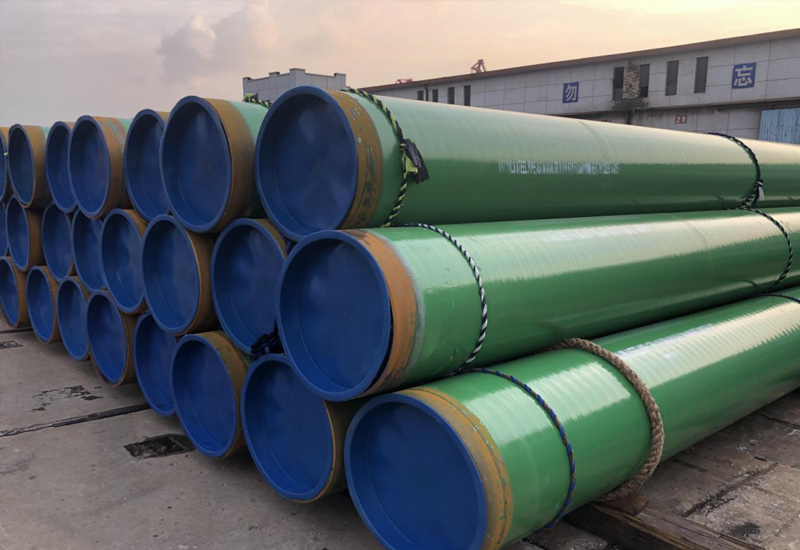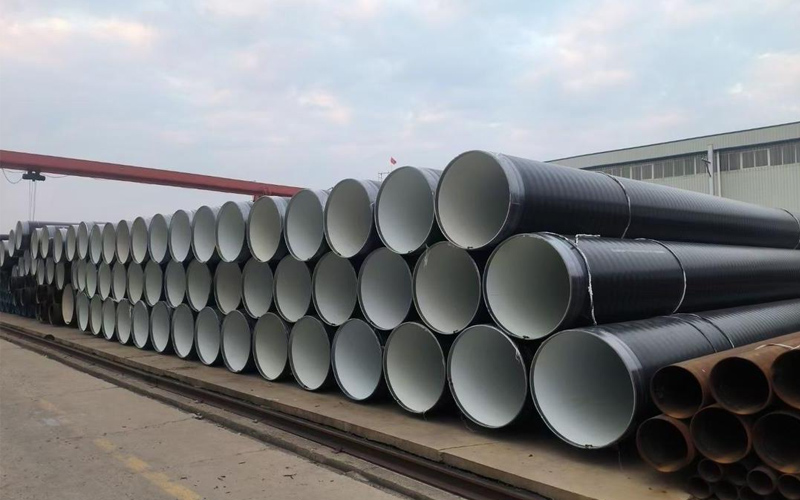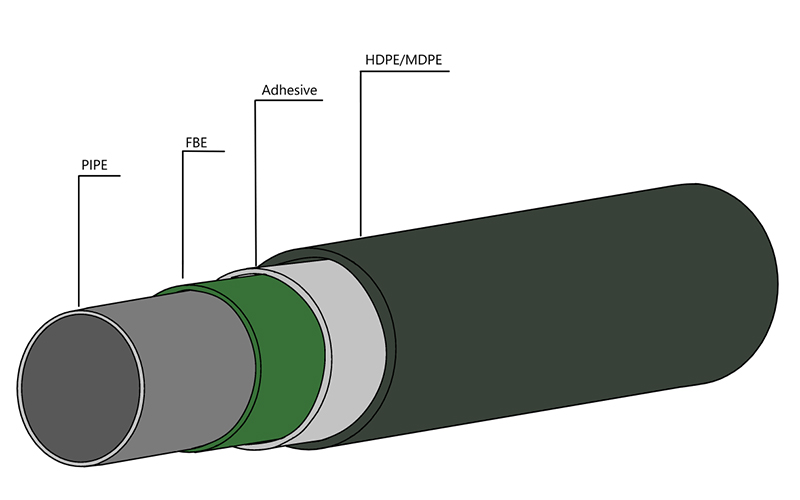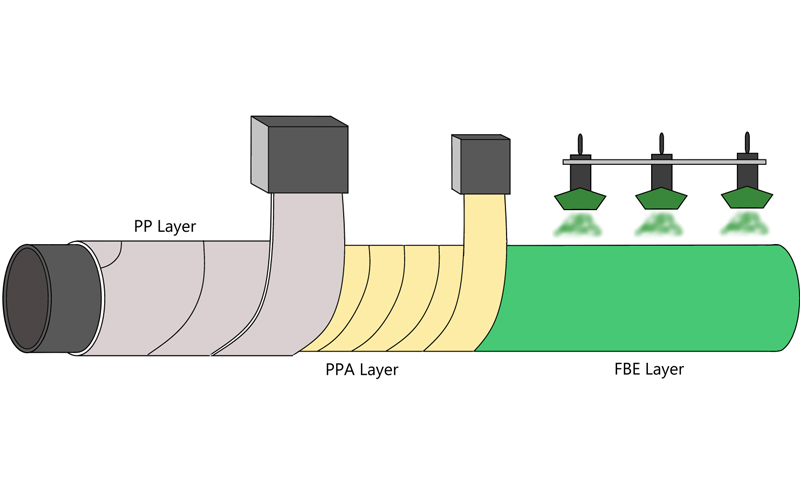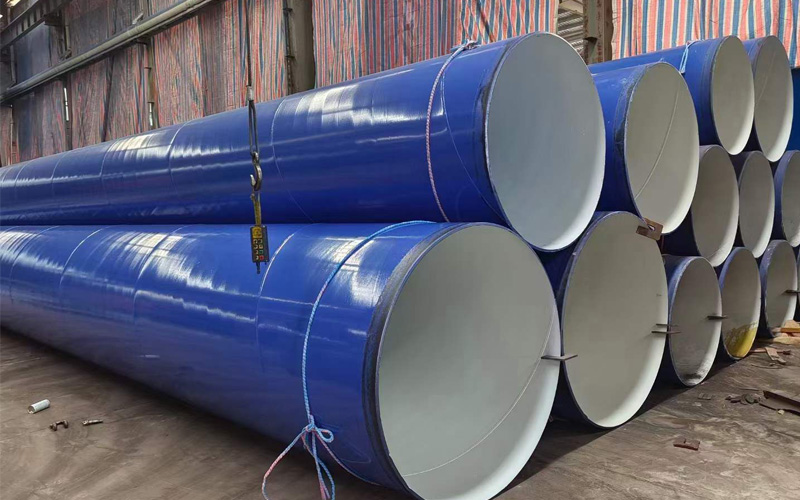A Concise Guide to EN 10217: European Standard for Pressure Welded Tubes
In European industrial pipelines, EN 10217 is key to welding steel pipes used in pressure applications.
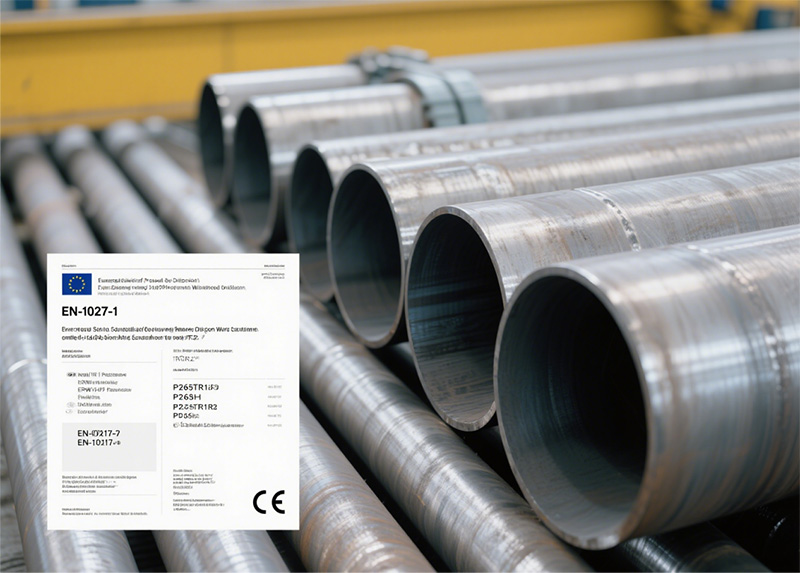
What Is EN 10217?
EN 10217 is a harmonized European standard outlining technical delivery conditions for pressure-welded steel tubes. Its main role is to help manufacturers show compliance with the EU Pressure Equipment Directive (PED) 2014/68/EU—vital for legal market access.
Meeting EN 10217 specs and passing conformity assessments lets products get the CE mark, ensuring they’re safe for EU circulation.
EN 10217 Parts Explained
· EN 10217-1: Focuses on non-alloy steel welded tubes (e.g., ERW, HFI processes). Grades like P235TR1/TR2, P265TR1/TR2 suit moderate temps/pressures. “TR2” means extra low-temperature toughness.
· EN 10217-2: For high-temperature use, with non-alloy steels (e.g., P235GH, P265GH). These retain strength at high temps, ideal for boilers or steam lines.
· EN 10217-7: Covers austenitic stainless steel tubes (e.g., 1.4301/304, 1.4401/316) with strong corrosion resistance—great for chemical or marine settings.
EN 10217-1 vs EN 10217-2
Key differences is the conditions of use:
· Temperature:
EN 10217-1: Applicable for design temperatures ≤ 120°C (some grades can be extended to -50°C);
EN 10217-2: Applicable for design temperatures > 120°C and ≤ 500°C.
· Properties: EN 10217-1 (e.g., P265TR2) prioritizes general strength/toughness; EN 10217-2 (e.g., P265GH) offers creep resistance for high heat.
· Uses: EN 10217-1 fits HVAC, fire sprinklers, or low-pressure lines. EN 10217-2 is for power plants, boilers, or high-temp process piping.
EN 10217 Grades of steel
Choosing the right grade is very important. Common Options:
· P235TR2 (EN 10217-1): Good strength with -20°C impact resistance—used in cold outdoor pipelines.
· P265TR2 (EN 10217-1): With higher tensile strength, it is an ideal choice for medium pressure industrial cooling systems.
· P265GH (EN 10217-2): High temperature stability, very suitable for steam pipelines or heat exchangers.
· 1.4401 (EN 10217-7): corrosion-resistant stainless steel, suitable for chemical or marine environment.
CE marking for Pressure Tubes & EN 10217.
CE mark is mandatory mark of pressure pipes in EU, which proves the compliance of PED, and EN 10217 is key.
To obtain the CE mark, manufacturers must comply with the EN 10217 specification and pass the evaluation (testing and auditing). A 3.1 inspection certificate is mandatory: it traces material properties (chemistry, strength, weld quality) and is legal proof of compliance.
Industries using EN 10217 tube
EN 10217 Pipeline serves many departments:
HVAC and Building services: EN 10217-1 pipes for hot water, fire sprinklers or district heating.
Industrial processing: P265TR2 is used for low pressure pipeline; EN 10217-2 is suitable for high-temperature fluids.
OEM manufacturing: used for boilers, heat exchangers or pressure vessels.
Energy Sector: EN 10217-2 pipe in steam/auxiliary system of power plants (including biomass).
Real world Example
An Italian firm designing a chemical plant’s process cooling system (PED Category II) needed compliance on a budget. Instead of costly seamless tubes, they used EN 10217-1 HFI-welded tubes (P265TR2).These products meet the requirements of 10 bar pressure/25 C temperature, and have CE mark and certificate 3.1. The result: 100% passed the EU audit, saving 35% of the cost.
Handling of special circumstances
EN 10217 provides a solutions to challenges.
· High temps: Use EN 10217-2 (e.g.,P265GH).
· low temps/impact: Choose TR 2 grades (e.g.P235TR2).
· Corrosion: Pick EN 10217-7 stainless steel, or galvanize carbon tubes per EN 10240.
Conclusion
EN 10217 is vital for safe, compliant pressure tubes in the EU. Whether you need to know “what is EN 10217“, compare parts or choose a grade, it can guide you to make an informed choices. By following this standard, manufacturers get market access and users get reliable pipes-proving that this is not just a standard, but the basis of industrial safety and efficiency.
Get Your Custom Steel Pipe Quote Today!
Provide us with your project details (like application, specifications, quantity). Our experienced team will respond with a tailored solution and competitive quote within 24 business hours.
Related Articles
ASTM A53 vs. API 5L: A Guide to Selection and Application
Introduction:Technology differences determine success or failure, and selection needs to be “precise”
Steel Density Analysis: Core Differences between Mild and Medium Carbon Steels and Industrial Applications
3LPE coated steel pipe: a solid barrier in the field of industrial corrosion protection
3LPP coated pipe: anti-corrosion guard in high temperature and high pressure environment
FBE steel pipe: the technological armor of the steel defense line
HOT TAGS
latest posts
- ASTM A53 vs. API 5L: A Guide to Selection and Application
- Cracking the Code: What Makes SSAW Spiral Steel Pipes the Engineer’s Top Pick Worldwide
- What is ASTM A252 pipe? Engineering basic solution.
- A Concise Guide to EN 10217: European Standard for Pressure Welded Tubes
- The Hydrostatic Test: Why It’s the Final Defense for API 5L Pipe Integrity




